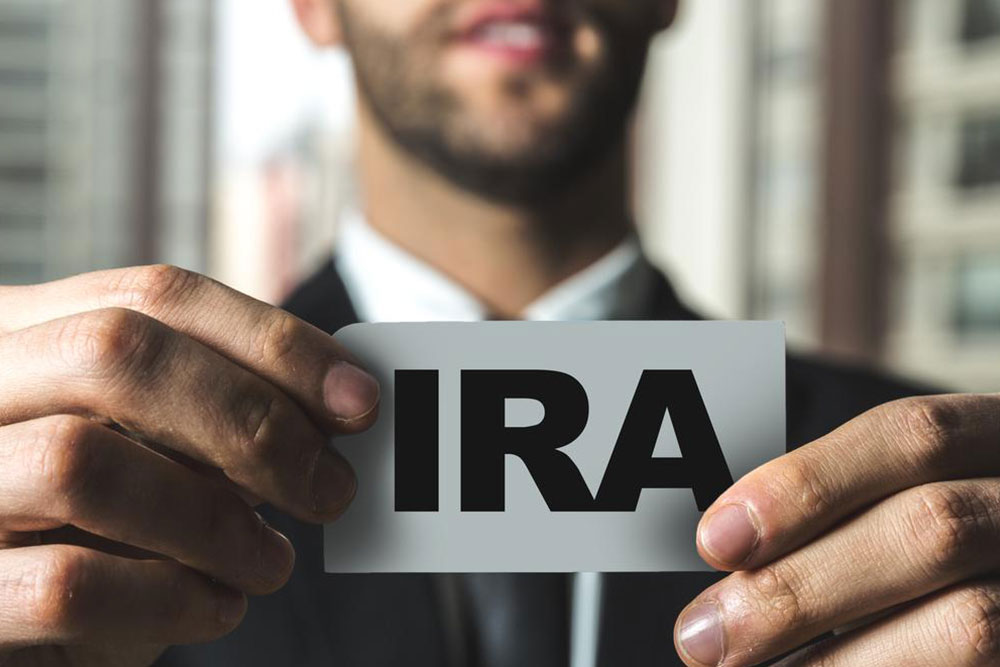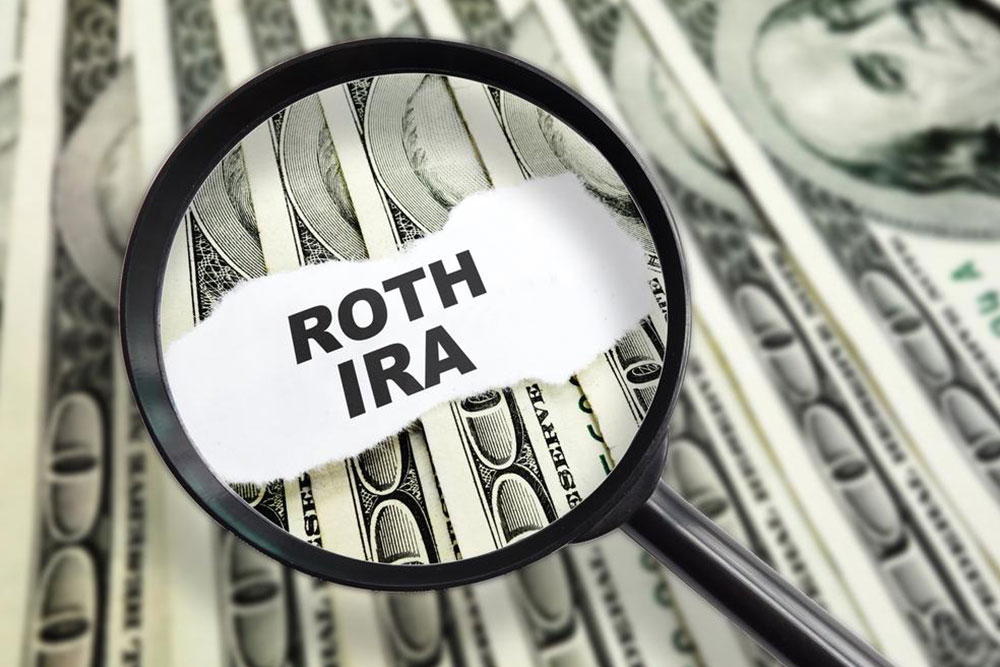Guide to Rollover IRA Options for Retirement Savings
Learn essential tips about Rollover IRA options, including transfer types, tax benefits, and management strategies to secure your retirement effectively.

An Individual Retirement Account (IRA) is a versatile investment vehicle holding assets such as stocks, bonds, mutual funds, and retirement savings. IRAs help you build financial security by allowing contributions to various types, including traditional, Roth, Simple, and SEP IRAs. Rollover IRA accounts enable you to transfer funds from a previous retirement account, such as moving your 401(k) from a former employer to a new traditional IRA.
One major advantage of rollover plans is the potential for tax benefits, as taxes are only due upon withdrawal, not during the transfer.
Types of Rollover Methods
Direct Rollover: An administrator moves funds directly from your old employer’s plan into a designated IRA without withholding taxes.
Trustee-to-Trustee Transfer: The current plan custodian transfers assets directly to your chosen IRA, with no taxes withheld.
60-day Rollover: You receive a distribution, then deposit it into a new IRA within 60 days. Taxes are withheld from the transfer.
IRS regulations limit you to one rollover per year from the same account, with exceptions such as transfers from traditional to Roth IRAs or trustee transfers. When choosing between traditional and Roth IRAs, consider your investment goals and tax situation. Managing the account personally can be facilitated through online brokers or automated robo-advisors, which use algorithms to optimize investment choices.
Note: Our blog offers diverse, informative content for general guidance. Readers should conduct thorough research before making financial decisions, as the site does not guarantee the accuracy of all information provided.








